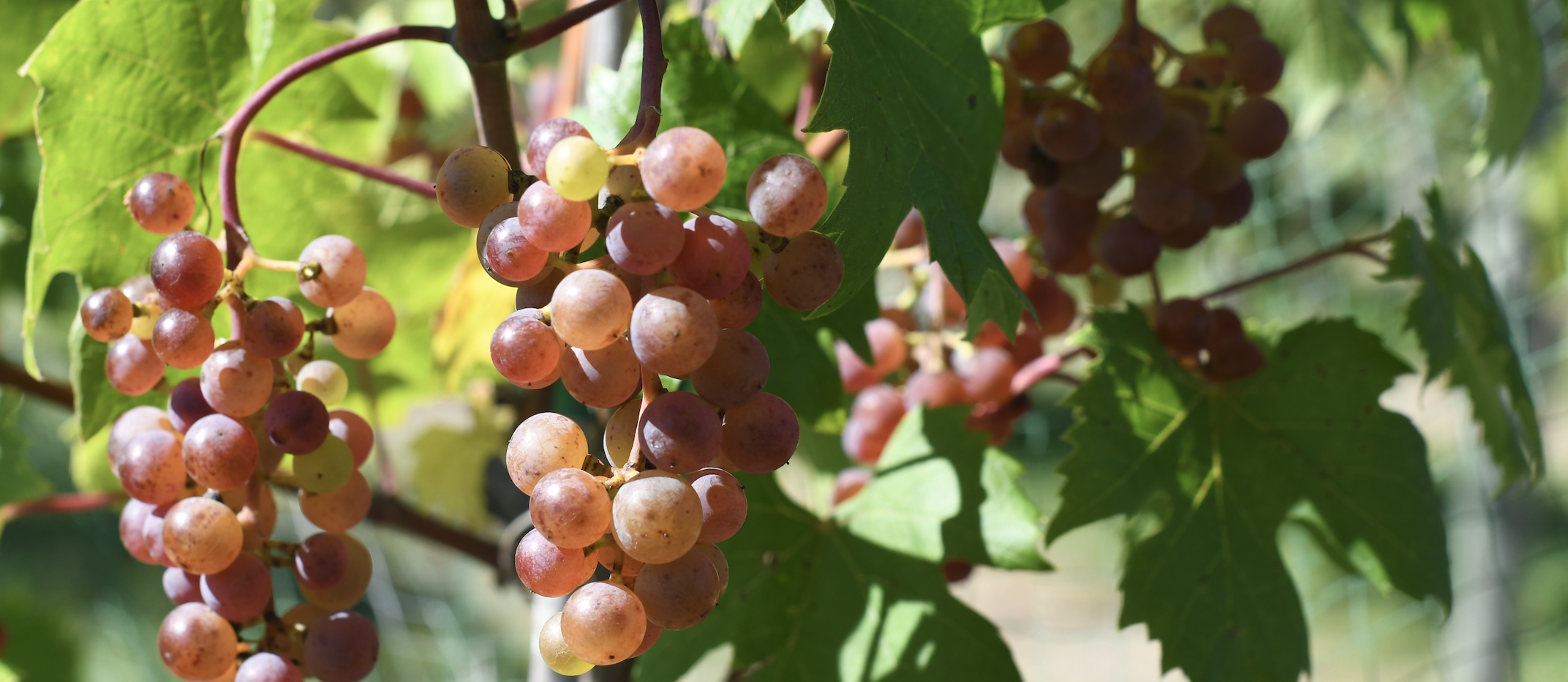VitisGen3 is the latest iteration of an exciting USDA-funded grape breeding project that has been ongoing for over a decade.
When the original VitisGen launched in 2012, the project's aim was to leverage cutting edge technologies and advances in socioeconomic research to speed up the pace of discovery for the next generation of grapevines. Through the collaboration of a cohort of multidisciplinary and multi-institutional researchers, the project was a success and ushered in a new era of grape breeding.
VitisGen2, funded by the USDA in 2017, has led to the development of new grapevine breeding lines and varieties as well as tools for grape researchers and breeders. These include a low cost DNA marker platform, genetic maps for more than 20 Vitis families (including the identification of over 70 marker-trait associations), and even a powdery mildew phenotyping robot!
The goal of VitisGen3 is to bring these groundbreaking improvements in grape breeding efficiency and disease resistance over the finish line. To accomplish this, four objective areas have been identified:
- Objective 1: The identification and testing of candidate genes for powdery mildew resistance.
- Objective 2: To advance computer vision phenotyping, AI, and DNA markers for US grape breeders nationwide.
- Objective 3: The development of sustainable management practices for establishing new disease resistant vineyards.
- Objective 4: Using eye-tracking technology to further elucidate understanding about how consumers navigate the grape products in the context of "information overloading" and decide to purchase sustainable grape products.
